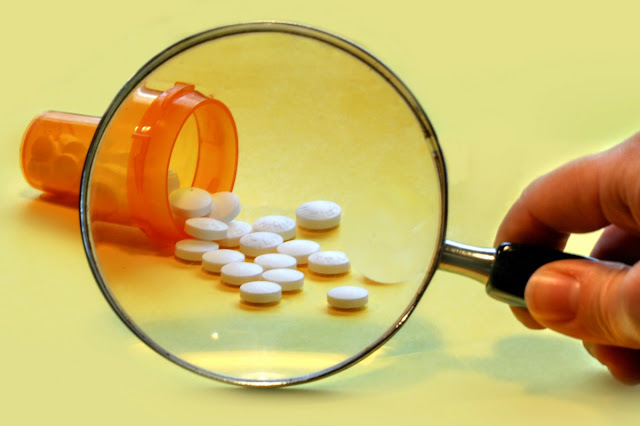Opioid Use Disorder Market Is Estimated To Witness High Growth Owing To Increasing Prevalence of Opioid Addiction
 |
| Opioid Use Disorder
Market |
The global opioid use disorder market is estimated to be valued at US$ 2,739.2 million in 2021 and is expected to exhibit a CAGR of 8.7% over the forecast period 2023-2030, as highlighted in a new report published by Coherent Market Insights.
Market Overview:
Opioid
use disorder refers to the dependence on opioid drugs such as heroin, morphine,
and prescription painkillers. It is a chronic disease that affects the brain
and leads to physical and psychological dependence on opioids. The growing
prevalence of opioid addiction worldwide is driving the demand for effective
treatment options. The opioid use disorder market offers a range of products
and therapies for the management of opioid addiction. These products include
medication-assisted treatment (MAT) options such as buprenorphine, naloxone,
and methadone, as well as behavioral therapies and counseling sessions. These
treatments help individuals in overcoming withdrawal symptoms, reducing
cravings, and preventing relapse.
Market Key Trends:
The key trend driving the growth of the opioid
use disorder market is the increasing adoption of medication-assisted treatment
(MAT). MAT involves the use of FDA-approved medications, along with counseling
and behavioral therapies, to provide a comprehensive approach to the treatment
of opioid addiction. MAT has been proven to be effective in reducing opioid
use, improving retention in treatment programs, and preventing overdose deaths.
As a result, there is a growing emphasis on expanding access to MAT services
and increasing awareness about its benefits among healthcare professionals and
patients. Moreover, the introduction of long-acting injectable formulations of
buprenorphine and naltrexone is expected to further drive the growth of the
opioid use disorder market. These formulations provide extended-release
delivery of medication, reducing the need for daily dosing and improving
treatment adherence.
PEST Analysis:
Political: The political environment plays a crucial role in the opioid use
disorder market. Governments around the world have been implementing various
regulations and policies to address the issue of opioid abuse. For instance, in
the United States, the government has taken steps to enhance prescription drug
monitoring programs and increase access to addiction treatment services.
Economic: The economic factors influencing the opioid use disorder market are
significant. The rising healthcare expenditure, increasing prevalence of opioid
addiction, and growing investments in research and development activities are
driving the market's growth. Moreover, the availability of reimbursement
policies for opioid addiction treatment is also contributing to market
expansion.
Social: The social factors in the opioid use disorder market are primarily
driven by the increasing awareness and understanding of the negative impacts of
opioid addiction. The changing social perceptions towards substance abuse and
the stigma associated with it are driving individuals to seek treatment for
opioid use disorder.
Technological: Technological advancements are playing a vital role in the
opioid use disorder market. The development of innovative pharmaceutical
formulations, such as extended-release opioid addiction treatments and
abuse-deterrent formulations, has improved the efficacy and safety of opioid
addiction therapies. Additionally, the use of telemedicine and digital health
platforms has facilitated enhanced access to treatment services for patients.
Key Takeaways:
The global
opioid use disorder market is expected to witness high growth,
exhibiting a CAGR of 8.7% over the forecast period from 2023-2030. The market
is primarily driven by factors such as the increasing prevalence of opioid
addiction, rising healthcare expenditure, and supportive government initiatives
to address the issue.
Regionally, North America is anticipated to be the fastest-growing and
dominating region in the opioid use disorder market. The high prevalence of
opioid addiction, increasing awareness about the condition, and robust
healthcare infrastructure contribute to the region's market dominance.
Key players operating in the opioid use disorder market include Indivior PLC,
Alkermes, Orexo AB, Titan Pharmaceuticals, Inc., Teva Pharmaceutical Industries
Ltd., Mallinckrodt Pharmaceuticals, BioDelivery Sciences International Inc.,
Viatris Inc., Pfizer, Inc., Hikma Pharmaceuticals PLC, and Camurus. These
companies focus on research and development activities, strategic
collaborations, and product launches to gain a competitive edge in the market.



Comments
Post a Comment